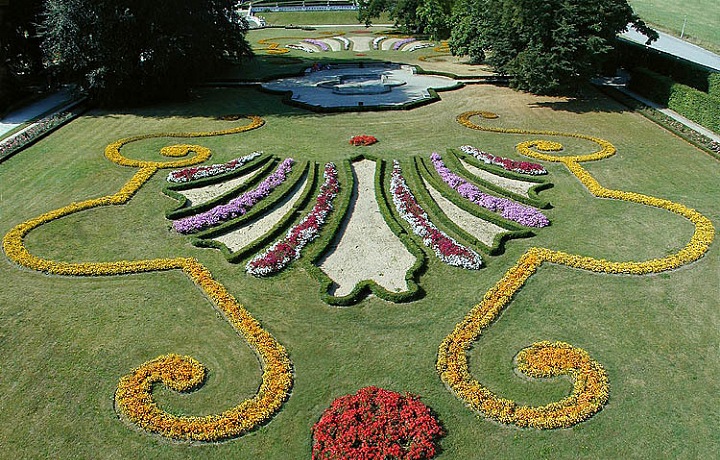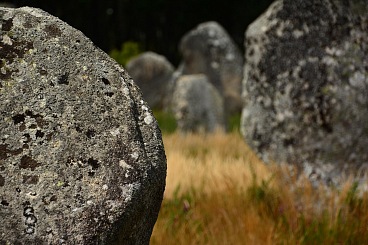The 4 Most Beautiful Czech Chateau Gardens
The Flower Garden in Kroměříž
Kroměříž Chateau boasts a beautiful UNESCO-listed garden, formerly a Baroque-style French garden park. It was created between 1665-1675 on the originally swampy land behind the walls of the then town. It has an area of 485,300 square metres with an octagonal rotunda at its centre. One side of the garden consists of a colonnade that originally served as the main entrance. The garden is also known as Libosad and it represents one of the world’s most important gardening works.
The Gardens in Lednice Chateau’s large park
The Lednice-Valtice complex was listed by UNESCO in 1996. Within its total area of 283 km² you will find both the Lednice and the Valtice chateaux and other important buildings that are distributed throughout the entire area.
The most beautiful gardens in the Czech Republic include the one that surrounds the beautiful Lednice Chateau, located 12 km from Mikulov. The beautiful gardens comprise a part of the chateau park of the early 19th Century, thereby representing an oasis of luxury. You can pass through it on a boat and observe its beautiful nature and also such interesting buildings as the Minaret, the Jan Castle and the Hunting Lodge.
The Castle Gardens in Český Krumlov
After Prague Český Krumlov belongs amongst the most visited cities in the Czech Republic. The beautiful castle is surrounded by a charming garden, which every year many brides choose for their very own D day. This Baroque garden dates back to the 17th Century and has a total area of 10,875 hectares. Its terrace comprises the Summer Riding School while on the lower parterre there is a beautiful cascade fountain. On the terrace of the upper garden you will find both the Bellaire Summer Palace with its famous revolving auditorium and the Music Pavilion.
French Park of Dobříš Chateau
The French Park with an area of 2 hectares located in Dobříš is a luxurious example of Rococo garden architecture. It is symmetrical and it is spread across terraces. On the Chateau’s lower terrace there is a circular fountain, while the garden is decorated with luxurious sculptures and an amazing cascade fountain. On the top terrace you will find a beautiful orangery, behind which a landscaped park from the beginning of the 19th Century is spread out.

















